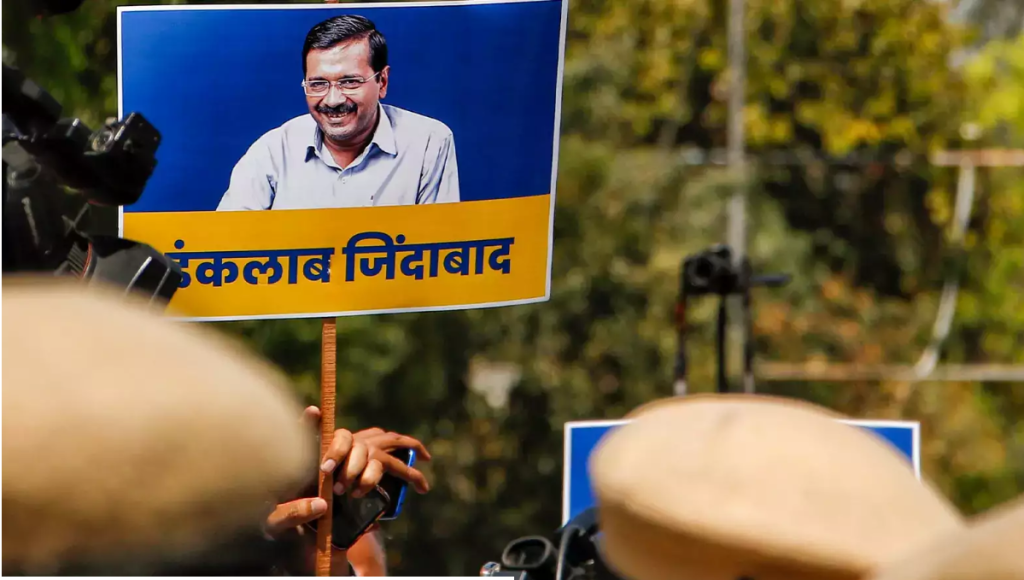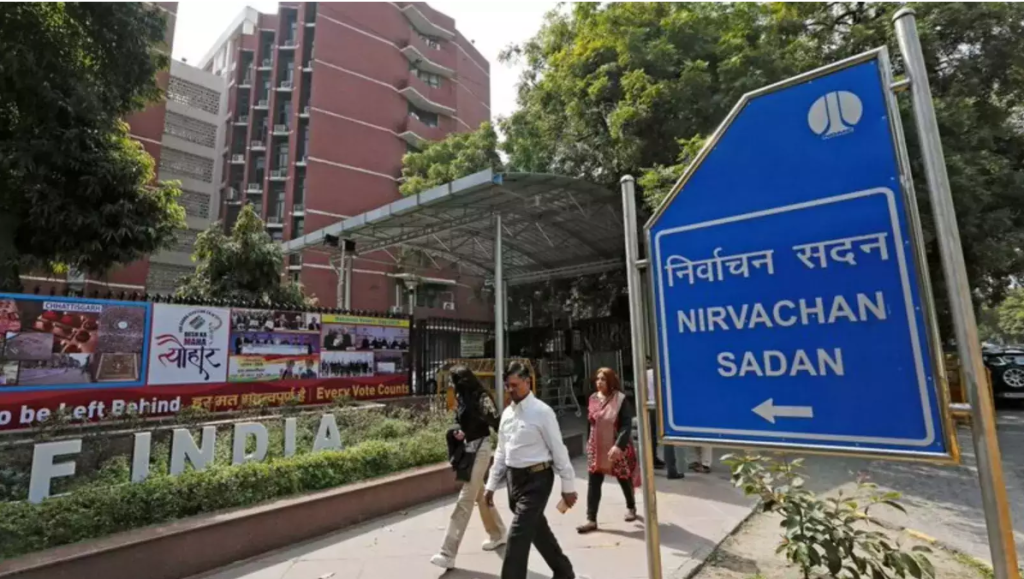Karl Marx thought that capital was money. Not so, said 20th century economists who said human capital was the driving force behind prosperity, and so emphasised education and health.
But neither human nor financial capital can adequately explain why some nations succeed and others fail. A third element, called social capital, has long been emphasised by sociologists, and is now increasingly recognised by economists. Readers needs to understand what social capital is, and why it is so important.
From time immemorial, groups of people have created strong communities based on commonly observed rules and mutual self-help. These social links discourage deviant behaviour through ostracism and other social penalties, create a climate of trust in which agreements are honoured and grievances redressed, and facilitate collective action against threats from outsiders and risks from natural disasters.
This is social capital. Unlike financial or human capital, it cannot be owned by individuals, only by social groups. Being less tangible than financial or human capital, it is difficult to measure and so has been ignored in the past. Yet it is an invaluable asset.
Multinational corporations spend billions of dollars in human resource development to try and develop the same kinship and pulling together exhibited by social groups ranging from primitive tribes to parent-teacher associations. Governments spend billions on policing, administration, and judicial enforcement to obtain the very results which many communities achieve costlessly and often far more fairly and efficiently. Clearly, the social glue of vibrant communities is immensely valuable, yet our processes have led to its waste and atrophy.
The bhadralok approach to development, evident not only in India, but most developing countries, assumes that the educated elite know best what is good for the illiterate masses. Lenin\’s dictum, \”I, the people,\” epitomises the conviction of the elite that they must think and plan on behalf of communities who are too primitive and unskilled to think and plan for themselves. Top-down planning has been encouraged globally not only by Third World governments, but by western donors. Overall, it has been a big failure, especially in Africa. In a few cases it has produced good results (Korea, Indonesia), but even there autocracies found ways to harness social capital in communities, even while denying political and civil rights.
Communities span a huge range. They cover more than NGOs, villages or urban neighbourhoods. They cover religious and ethnic groups, occupational groups (farmers, leather workers, fishermen), gender-based and age-based groups, groups based on recreation and cultural interests, groups organised for self-help (policing, saving-cum-lending) and much else.
Sociologists like Robert Putnam have demonstrated that enormous economic benefits flow from social capital. Contrasting the huge economic success of northern Italy with the relative failure of the southern part, he finds that the mafia have eroded social capital and hence economic development in the south. Francis Fukuyama (of The End of History fame) has written a book on the importance of trust created by social capital.
High levels of trust greatly reduce risks and costs, and so encourage enterprise, and innovation while reducing the costs of redress. So social capital ultimately translates into financial capital.
Sociologists like James Coleman warn against thinking that all social capital is positive. The mafia constitute negative social capital. So do the Ku Klux Klan, private armies of the rich, and fundamentalist religious and ethnic groups. So social groups should not be viewed automatically as a superior alternative to the state. Rather, the state should create systems that harness the virtues of positive social capital and reduce the ills of negative social capital.
It should not try and substitute social capital with central bureaucracy or top-down planning. Vibrant civil society will put pressure on politicians to further shift power from centralised bureaucracies to social groups, further penalise undesirable behaviour and reward desirable one, and thus improve the climate of trust and mutual self-help in a virtuous circle.
The virtuous circle takes time. Meanwhile, social capital can be harnessed immediately through the participation of beneficiaries in all projects and programs. If for instance consultation with slum- dwellers is made compulsory for slum improvement projects, if the beneficiaries are involved in not just design, but implementation and later in maintenance, global experience shows that the outcome will be far better than in top-down schemes.
Social capital is harnessed even better by empowering communities with resources and authority. Many decentralisation schemes have failed in the past because they gave communities responsibility without either funds or authority. The answer is not to abandon decentralisation, but to design it to actually empower communities.
Centrally designed rural credit has failed in many countries despite massive subsidies, and benefited mainly large farmers. But micro credit, pioneered by Grameen Bank in Bangladesh, has now succeeded in India and scores of other countries. Poor people are encouraged to organise themselves into borrowing groups or communities. Loans are made to individual members, but guaranteed by the whole group. Social pressure exerted by the group results in 95 per cent repayment, against massive default in organised banking. No subsidies or legal machinery are needed to make lending to the poor viable. Social capital does the job.
To get away from top-down development, two remedies have become popular: Greater use of NGOs and panchayati raj institutions. While both have merit, neither can fully harness social capital. Zila parishads and mandals are closer to the grassroots than state governments, but remain political rather than social entities. NGOs may deliver services better than the state, but are no more than middlemen between providers of funds (foreign donors, governments) and communities.
We need a new approach that gets funds and authority directly to the communities. That alone will truly harness India\’s huge social capital.
More about that next week.




